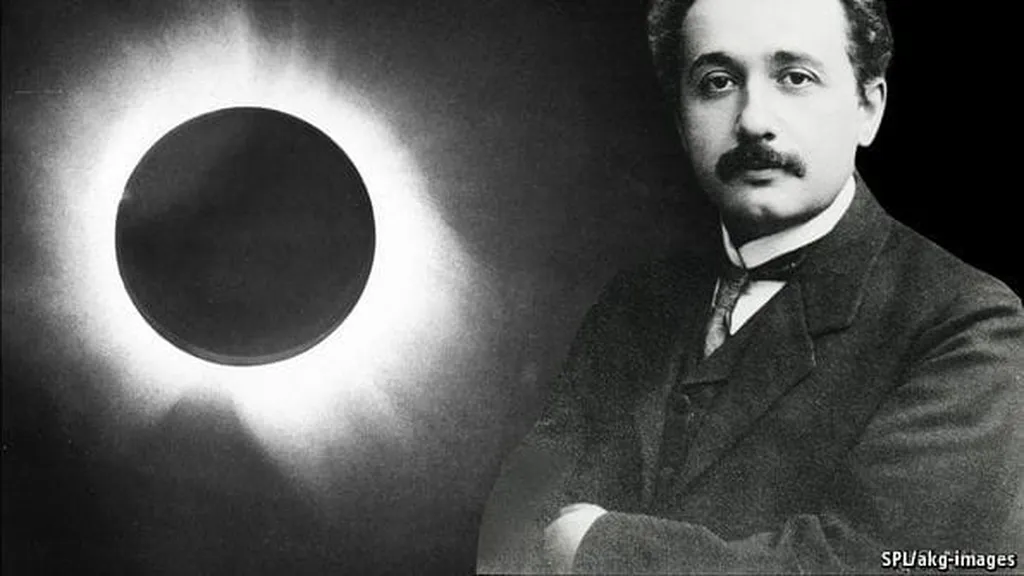In a groundbreaking development that could reshape our understanding of superconductivity, researchers have proposed a universal approach to light-driven “superconductivity” in materials with strong pairing correlations. This discovery, published in the journal *npj Quantum Materials* (translated as “New Journal of Quantum Materials”), opens up new avenues for energy transmission and storage, potentially revolutionizing the energy sector.
At the heart of this research is the idea that certain materials, which already exhibit strong pairing correlations in their normal state, can be induced into a state resembling superconductivity when exposed to radiation. Ke Wang, lead author of the study from the Department of Physics and the James Franck Institute at the University of Chicago, explains, “We argue that the original ideas of Eliashberg are applicable to such a pseudogap phase. With exposure to radiation, the fermions are redistributed to higher energies where they are less deleterious to pairing.”
This redistribution results in a photo-induced state with a dramatically enhanced number of nearly condensed fermion pairs. The implications for the energy sector are profound. Superconductors, which can transmit electricity without resistance, could become more accessible and practical for large-scale applications. “This approach provides insight into recent observations of concomitant diamagnetic fluctuations,” Wang adds, highlighting the potential for advancements in magnetic levitation technologies and energy-efficient power grids.
The study also sheds light on the microscopic understanding of the characteristic low energy scale that appears in transport and is necessarily temperature dependent. This could lead to more efficient and cost-effective energy solutions, as well as advancements in quantum computing and other high-tech industries.
While the research suggests that the observed light-induced phase in these strongly paired superconductors has only short-range phase coherence without long-range superconducting order, the findings are a significant step forward. The study’s calculations indicate that the a.c. conductivity in this phase is dominated by the bosonic contribution, which can be computed using conventional fluctuation theory.
As the energy sector continues to evolve, this research could pave the way for innovative solutions that enhance efficiency and reduce costs. The potential commercial impacts are vast, from improving power transmission lines to developing more advanced energy storage systems. The study, published in *npj Quantum Materials*, marks a crucial milestone in the ongoing quest to harness the full potential of superconductivity.
In the words of Ke Wang, “This is a significant step forward in our understanding of light-induced superconductivity. The implications for the energy sector are immense, and we are excited to see how this research will shape future developments in the field.”

